There are roads that are congested more than 800 times a year.
When Tan Son Nhat Airport Terminal 3 came into operation, traffic congestion here became more frequent. The government invested about 4,800 billion VND to expand and extend Cong Hoa and Tran Quoc Hoan streets to connect to Terminal T3, hoping to create a new traffic flow, reducing pressure on the gateway area of Tan Son Nhat Airport, especially Cong Hoa Street. However, the connecting road with 6 lanes is quite deserted.
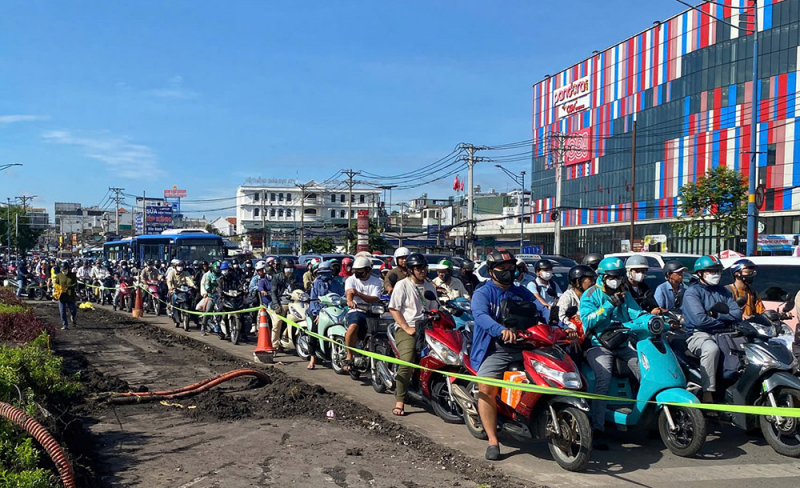
Meanwhile, on Cong Hoa and Truong Chinh streets towards the center of Ho Chi Minh City, during rush hour, cars and motorbikes are crowded and have difficulty moving. The Ho Chi Minh City Department of Construction has applied many solutions in the past time and has significantly reduced traffic jams, but currently the area of Truong Chinh - Cong Hoa train nose is still congested due to the construction phase...
Tan Ky Tan Quy route, about 4.5km long, is the main axis connecting the Northwest area of Ho Chi Minh City with Terminal T3 of Tan Son Nhat airport and the center of Ho Chi Minh City. Due to a series of bottlenecks, this route is becoming a "black spot" of congestion.
Some sections of this route have been widened and opened to traffic, however, the section from Binh Long to Cong Hoa still has only 2 lanes, the road is narrow, causing traffic jams, especially during rush hour. The worst is from the intersection of Le Trong Tan to Truong Chinh, in the mornings and during rush hour, vehicles have to move little by little. The narrow road is encroached upon for business, stopping and parking, causing traffic congestion and chaos.
Nguyen Tat Thanh Street from Khanh Hoi Bridge to Tan Thuan Bridge is always congested not only during rush hours but also during normal hours. The peak traffic jams on this route are between 7am-8:30am and 5:30pm-7pm because this is one of the main routes for vehicles to travel from the center to the South of the city.
In 2024, Nguyen Tat Thanh Street experienced more than 800 traffic jams. Relevant units have studied traffic adjustment at the Nguyen Tat Thanh - Hoang Dieu intersection, organized monitoring and adjusted traffic light times at key points, especially at the beginning and end of the route. In the long term, the city has also invested in building key traffic projects such as Nguyen Khoi Bridge, Thu Thiem 4 Bridge, etc.
Roads in the South Saigon area such as Nguyen Van Linh, Nguyen Huu Tho, Huynh Tan Phat, Nguyen Thi Thap… are also often congested. This area is home to many companies, factories, workshops, and warehouses, so it is the route for a large number of trucks, containers, and workers’ motorbikes…
Le Quang Dinh and Phan Van Tri streets are also frequently congested. Thanh, a local resident, said that sometimes 4-5 buses line up or run side by side, making it impossible for the vehicles behind to move, creating congestion. The streets are small, but cars park along both sides of the road, occupying the roadway, and vendors encroach on the sidewalks, causing chaos and congestion.
At Thu Duc intersection, traffic jams occur frequently from both directions to Dong Nai and the center of Ho Chi Minh City. On June 25, thousands of vehicles, mainly trucks and containers, lined up on Hanoi Highway and Vo Nguyen Giap Street for kilometers. The reason was that a lane near Tan Van was being blocked off to serve the construction of the Ring Road 3 project…
Also on this day, the National Highway 1A section from Tram 2 overpass to National Highway 13, over 10km long, was congested from early morning to afternoon. Container trucks and trucks lined up densely on the highway. Also suffering from the "slow-moving" situation were the routes to Cat Lai port. Nguyen Thi Dinh Street was almost always congested because of the high density of trucks and container trucks circulating, but the road was still narrow...
The solution is there but it takes time
Mr. Nguyen Kien Giang - Deputy Head of the Department of Traffic Works Maintenance and Operation Management (Department of Construction) said that in the first 6 months of 2025, there were no serious traffic jams recorded, except for a traffic jam caused by a collision between 3 cars in Thu Duc City (old).
In early 2025, there were 23 traffic congestion risk points in the city, but through the implementation of solutions, by June 2025, 5 points had positive changes, 9 points had changes but were still complicated. Regarding traffic accident black spots, in early 2025, there were 3 remaining points in the city: the steel overpass at the Cong Hoa - Hoang Hoa Tham intersection; the Nguyen Van Linh - National Highway 50 intersection and the Kenh Mot Tan bridge on Vo Chi Cong Street, but by mid-year, 2 points had been eliminated, leaving only the point on Vo Chi Cong Street.
According to Mr. Nguyen Kien Giang, the criteria for traffic congestion are the average speed of vehicles from 5 km/h or less (lower than pedestrians); the time the vehicles stop and wait lasts more than 30 minutes and the length of the waiting vehicles is from 200m or more.
According to statistics from the authorities at the end of 2024, the traffic density on the land area of Ho Chi Minh City reached 2.41km/km2, the ratio of traffic land to city construction land reached 14.16%. This ratio is still quite low compared to the regulation that it must reach 10 - 13km/ km2 , the traffic land ratio must reach from 24 - 26%. While the roads have not been opened proportionally, the number of vehicles participating in traffic increases every day, leading to congestion, leading to an average traffic speed in the city of only 36km/hour, some areas have low speeds such as the city center 33km/hour, the southern gateway of the city 25km/hour.
To improve this situation, from now until 2030, Ho Chi Minh City will prioritize the implementation of projects such as closing Ring Road 2; building Thu Thiem 3 Bridge, Thu Thiem 4 Bridge, Nguyen Khoi Street Bridge, Binh Tien Street Bridge, Tran Quoc Hoan Street - Cong Hoa Street connecting to Terminal T3 of Tan Son Nhat International Airport; expanding National Highway 13, National Highway 50, Truong Chinh Street, Tan Ky Tan Quy Street, Nguyen Duy Trinh Street, Nguyen Van Linh - Nguyen Huu Tho Street, etc.
However, according to experts, the above-mentioned projects are not enough and the fundamental long-term solution is to build an elevated road. In the immediate future, Ho Chi Minh City is studying and implementing 5 projects: upgrading and expanding National Highway 13, from Binh Trieu Bridge to Vinh Binh Bridge; upgrading and expanding National Highway 1 from Kinh Duong Vuong Street to the border of Long An Province; renovating and upgrading National Highway 22, from An Suong intersection to Ring Road 3; upgrading the North-South axis road, from Nguyen Van Linh Street to Ben Luc Long Thanh Expressway and building Binh Tien Bridge and Road from Pham Van Chi Street to Nguyen Van Linh Street.
Source: https://cand.com.vn/Giao-thong/bai-1-ket-xe-tren-tung-cay-so--i773780/










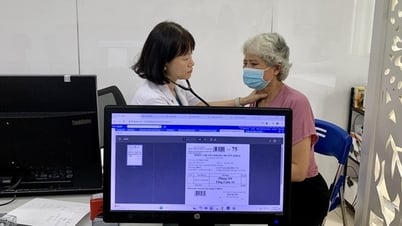
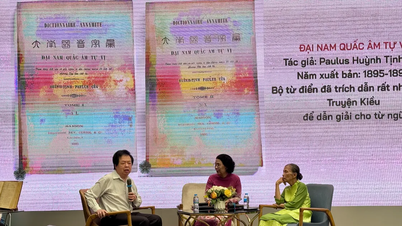

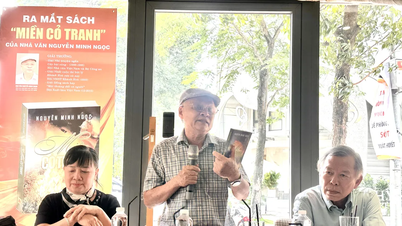







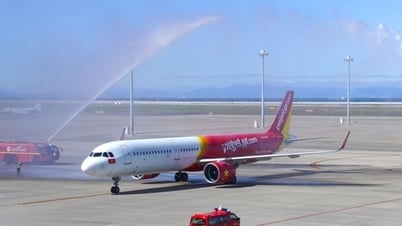
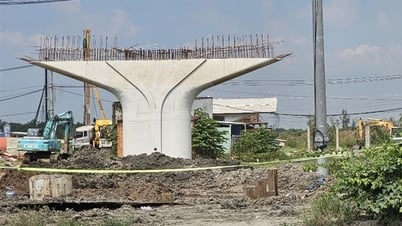



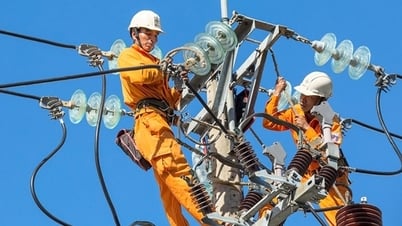









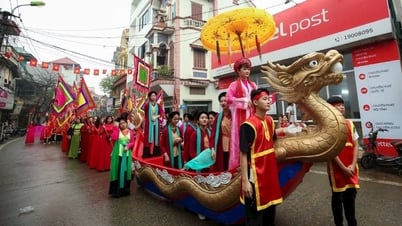

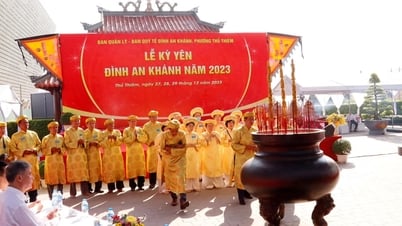






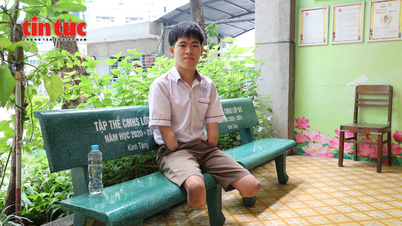




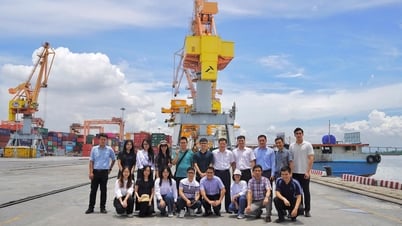




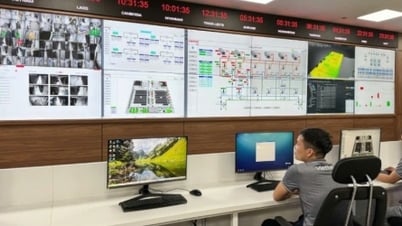


















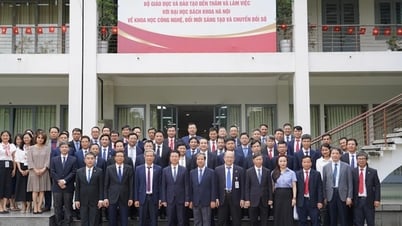



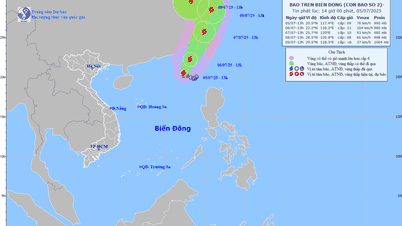

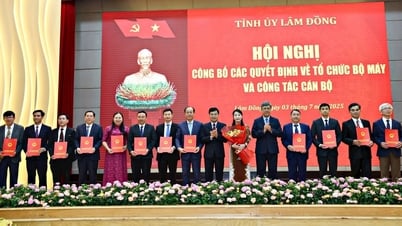








![[OCOP REVIEW] Bay Quyen sticky rice cake: A hometown specialty that has reached new heights thanks to its brand reputation](https://vphoto.vietnam.vn/thumb/402x226/vietnam/resource/IMAGE/2025/7/3/1a7e35c028bf46199ee1ec6b3ba0069e)



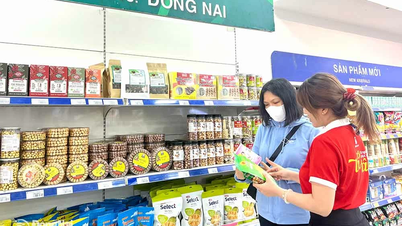



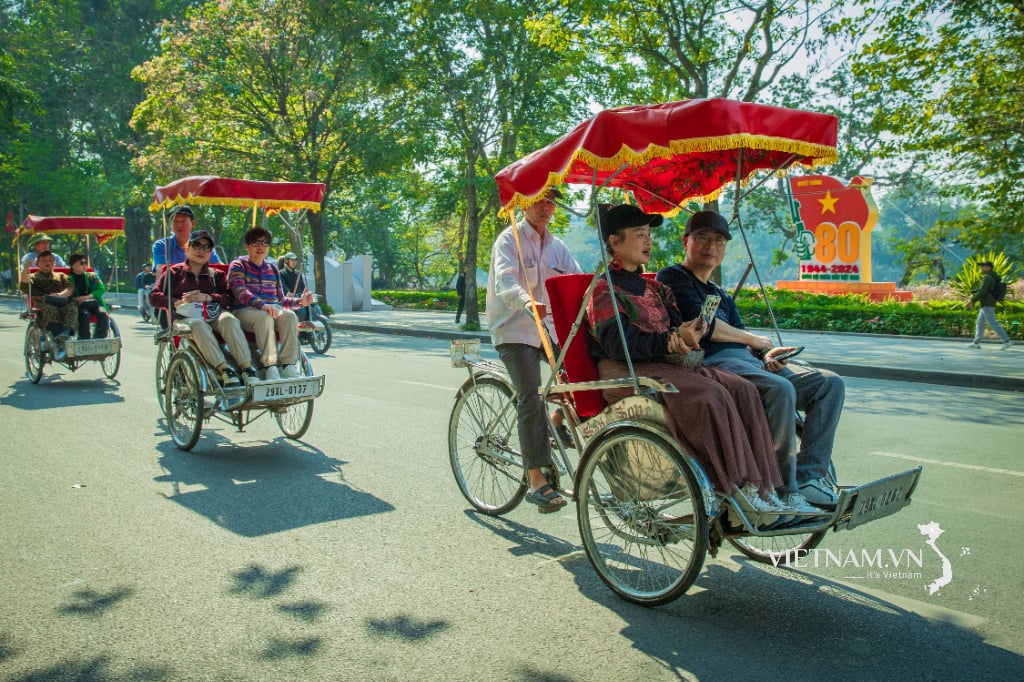



Comment (0)